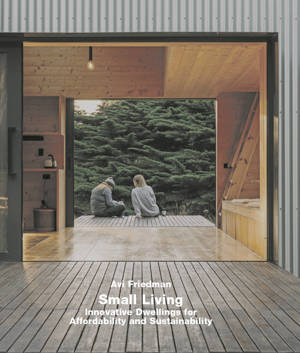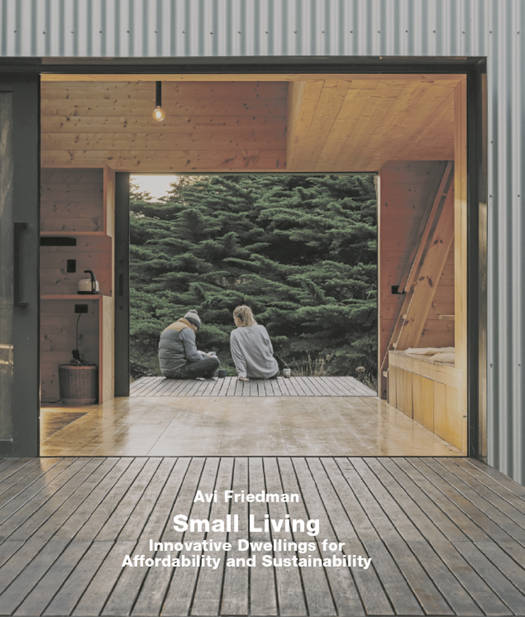
Je cadeautjes zeker op tijd in huis hebben voor de feestdagen? Kom langs in onze winkels en vind het perfecte geschenk!
- Afhalen na 1 uur in een winkel met voorraad
- Gratis thuislevering in België vanaf € 30
- Ruim aanbod met 7 miljoen producten
Je cadeautjes zeker op tijd in huis hebben voor de feestdagen? Kom langs in onze winkels en vind het perfecte geschenk!
- Afhalen na 1 uur in een winkel met voorraad
- Gratis thuislevering in België vanaf € 30
- Ruim aanbod met 7 miljoen producten
Zoeken
Small Living
Innovative Dwellings for Affordability and Sustainability
Avi Friedman
Hardcover | Engels
€ 108,45
+ 216 punten
Omschrijving
In recent decades demographic shifts have significantly influenced young peoples' residential preference. Due to the rise of single-person households, smaller family sizes, and the desire for lower maintenance and utility costs, many young individuals are choosing to live in smaller, efficient spaces in proximity to work and urban amenities. These changes have led to an increase demand for multi-functional, space-efficient designs. Furthermore the awareness of protecting our living environment increases, the choice of smaller homes is becoming a more common and environmentally responsible decision. This shift is driven by the need to reduce resource consumption, as smaller homes require fewer materials for construction, maintenance, and repairs. Moreover, smaller homes are inherently more energy-efficient due to their reduced space, which requires less energy for heating and cooling. Additionally, the smaller footprint means using less land per dwelling unit.
Specificaties
Betrokkenen
- Auteur(s):
- Uitgeverij:
Inhoud
- Aantal bladzijden:
- 180
- Taal:
- Engels
Eigenschappen
- Productcode (EAN):
- 9783869050430
- Verschijningsdatum:
- 4/04/2025
- Uitvoering:
- Hardcover
- Formaat:
- Genaaid
- Afmetingen:
- 242 mm x 290 mm
- Gewicht:
- 1138 g

Alleen bij Standaard Boekhandel
+ 216 punten op je klantenkaart van Standaard Boekhandel
Beoordelingen
We publiceren alleen reviews die voldoen aan de voorwaarden voor reviews. Bekijk onze voorwaarden voor reviews.









